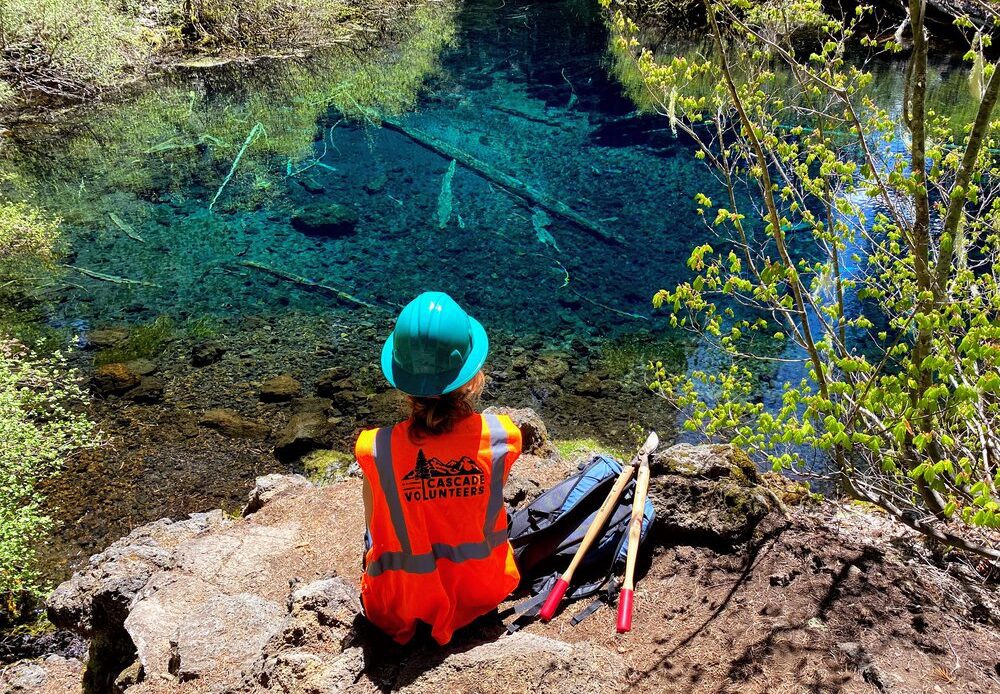Participants in First Nature Tours help mitigate damages from wildfires in Central Oregon.
Willamette Valley Visitors Association
Just before the Covid-19 pandemic, Jean Carideo from Chesapeake, Virginia, spent a week on Chincoteague Island, a seven-mile-long barrier island on the northeastern tip of the state’s Eastern Shore. She and other participants of a Road Scholar service program helped to remove barbed wire—a threat to the island’s famed wild horses—in salt marshes.
“It’s one thing to read, see, or hear about an ecological danger, but it’s another to physically do something about it, alongside others who want to do something, too,” Carideo notes.
Regenerative tourism projects such as this one on Chincoteague Island are growing in popularity. In June 2020, six international travel organizations, regrouping after the global pandemic all but halted leisure travel, formed the Future of Tourism Coalition with the goal of mitigating “extractive tourism”—that is, the destruction of regions due to visitor overcrowding—and transforming the tourism model to visibly benefit vulnerable places and people. Travelers eager to give back can sign up for vacations that allow them to participate in conservation activities, such as habitat restoration, while they learn about a region and its inhabitants.
Jeffrey Skibins, an associate professor in recreation and park management at East Carolina University in Greenville, North Carolina, has witnessed many travelers actively seeking out ways to help with environmental restoration in areas affected by fires, floods and pollution—good news for nature, as well as small communities that rely on tourism. “The ability to link natural areas, the tourism industry, and individual tourists provides a powerful synergy that can produce long-term benefits for conservation,” Skibins says.
Regenerative tourism as a concept isn’t new. Sierra Club began offering volunteer service outings in the 1950s, and Earthwatch has paired researchers and volunteers on trips since 1971. However, tourists embarking on those adventures often sleep in huts or cabins with food cooked over a campfire. The new regenerative travel emerging from a global shutdown and responding to those regions of the world economically dependent on tourism combines service, education, and…
Click Here to Read the Full Original Article at Travel | smithsonianmag.com…
